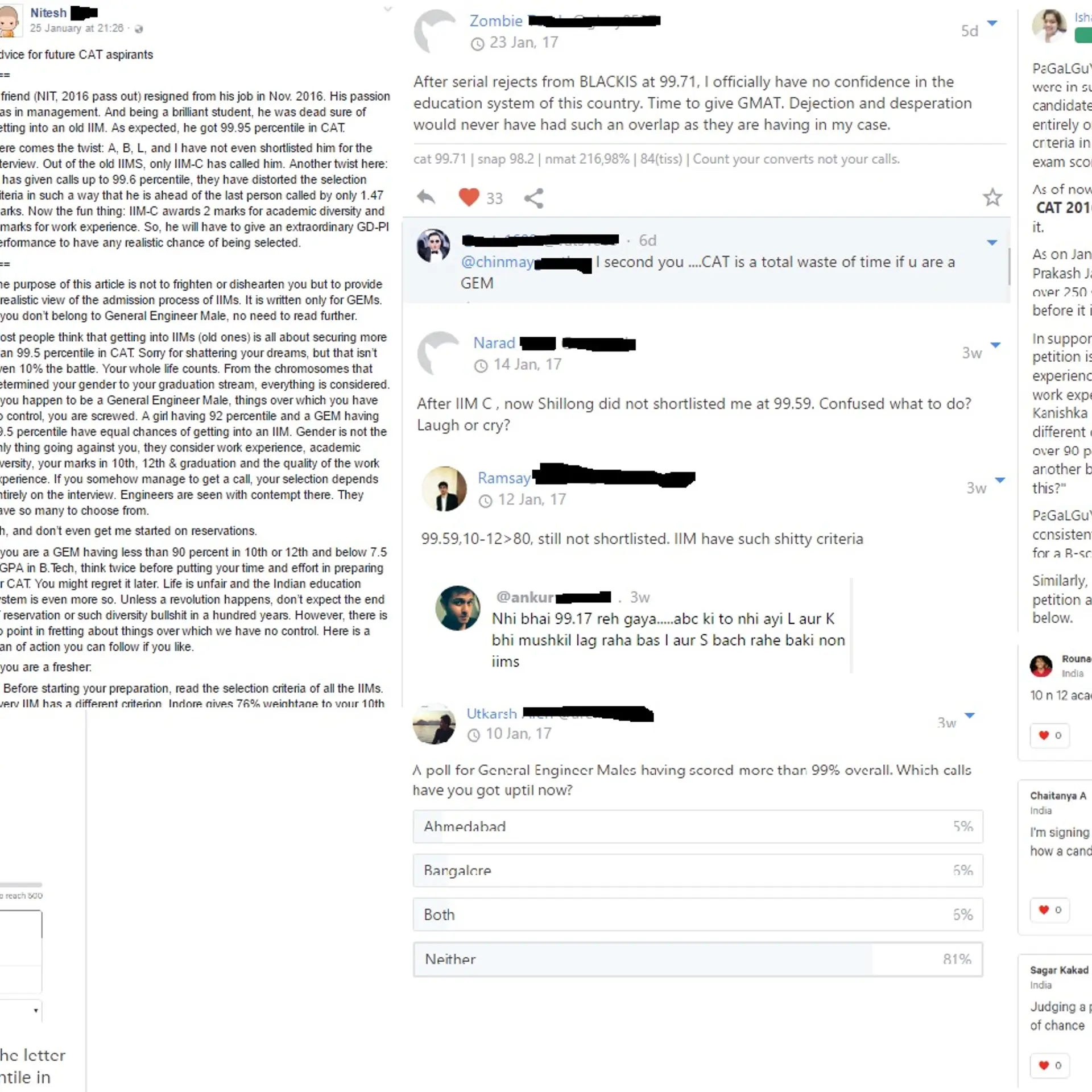

Sensory marketing: Scent marketing vs virtual reality integrated marketing
A well-developed multi-sensory marketing strategy will help companies differentiate their brand’s identity from competitors and create successful customer relationships.

In the marketing world today, brands are fighting for the consumers’ attention so much so that every couple years new platforms are launched in an attempt to catch the most number of eyeballs. As more ads pop up both online and offline, it is evidently getting harder for brands to leave a lasting impression on their target audience. Consumers are smarter now though – skipping through ads giving them little to no attention. And this is the reason why the future of marketing may just be sensory marketing, a marketing technique that involves subconscious influence over customers’ senses. What better way to market products and services when the consumer is oblivious to this new marketing tactic? One of the first experts to identify the strength of sensory marketing is Dr. Aradhna Krishna, a behavioral scientist at the University of Michigan. She defines it as “marketing that engages the consumers' senses and affects their perception, judgment and behavior”. Jennifer Johnson, senior vice president at Bioscience Communications, calls sensory marketing ‘a powerful communication vehicle that allows you to feel’.
Let’s take a look at where it all began. In early 2000s, innovative companies, such as hospitality giant Marriott International, started experimenting with sensory marketing. Marriott invested in the diffusion of carefully chosen scents to stimulate positive memories, reduce stress and relax customers. Studies have shown that the right fragrance has been able to make guests feel more comfortable at hotels.
According to Forrester Research, customer experience programs are as responsive to emotional experiences as they are to functional experiences. In other words, marketers have an opportunity to invest in sensory aspects of the customer experience. Not only will this help them build loyalty among customers, it will push them to overcome similarities in business such as products, prices, and services. While sensory marketing provides a more holistic brand experience, Pam Scholder Ellen, a marketing professor at Georgia State University points out that in the case of scent marketing the ‘brain responds before you think’. Since smell generates 75% of emotions, this powerful quality combined with not having to bypass a logical brain makes scent a strong tool in terms of marketing (Scent of a Brand, Davis). Reaffirming this, JW Marriott’s Vice President - global brand leader, Mitzi Gaskins, stated that ‘scent is just as important as music, lighting, and botanical elements in creating the right mood’.
Surprising to some, another finding claims that scent marketing doesn’t suit all customers. Some guests are skeptical and often believe that strong odours in hotels are probably diffused to conceal a less pleasant odour. Additionally, in scent marketing, only a limited number of people can participate in a physical location (Marriott Hotels brings consumers on virtual-reality expedition, Precourt).
While the primary aim for sensory marketing is to express the values of the company to help establish a brand image, scent marketing is evidently a long-term strategy as compared to short-term strategies that dominate visual mediums such as Virtual Reality.
VR offers a complete immersive experience which would not be possible in the real world. A perfect example is that of Virtual Reality integrated in Marriott’s marketing strategy in 2014 with the launch of Teleporter booths. The targeted customers were newlyweds who were given options to travel to exotic honeymoon destinations through ‘the Teleporter’. Fitted with Oculus Rift headsets, they were ‘teleported’ to Hawaii and London. This innovative 4-D technology heightened customers’ sensory experiences by splashing water on their skin, blowing wind through their hair and making them feel the warm sun rays. As Marriott’s global marketing officer, Karin Timpone, points out “V.R. helped us tell a story and inspired people to travel”. By blending VR with the firm’s marketing strategy, it is possible to invite people from all over the globe. This redefines the relationship with the firm’s most important stakeholder – its customers. On the other hand, the current high cost of VR equipment and production cannot be ignored. However, this seems to be minor blimp on the radar as VR is expected to be a part of the average home-entertainment packages in the near future.
Linnaeus University’s Professor Bertil Hultén gives a deeper understanding of these two distinct sensory marketing strategies in his research paper on ‘Sensory Marketing: the Multi-Sensory-Brand Experience Concept’. Hultén’s multi-sensory brand-experience hypothesis focuses on the neglected customer experience and how its influenced by the five human senses.
Lasting brands are created by developing a strong emotional connection with the consumer since it’s been proven that in addition to products and services, customers also buy emotional experiences.
Built on several primary and secondary information sources, Hultén’s study describes how a customer creates an image in his mind after interactions with the brand service or product, thus creating an experience.
Comparing scent marketing strategy and VR-integrated strategy, one can note that while smell is vital, when paired with another sense, the overall effect can be enhanced. VR has proven to be a multisensory opportunity for brands to engage with its customers, differentiate themselves from their competitors and build loyalty (Marketing to the senses: Opportunities in multisensory marketing, Pathak & Calvert). A well-developed multi-sensory marketing strategy will help companies differentiate their brand’s identity from competitors and create successful customer relationships.





